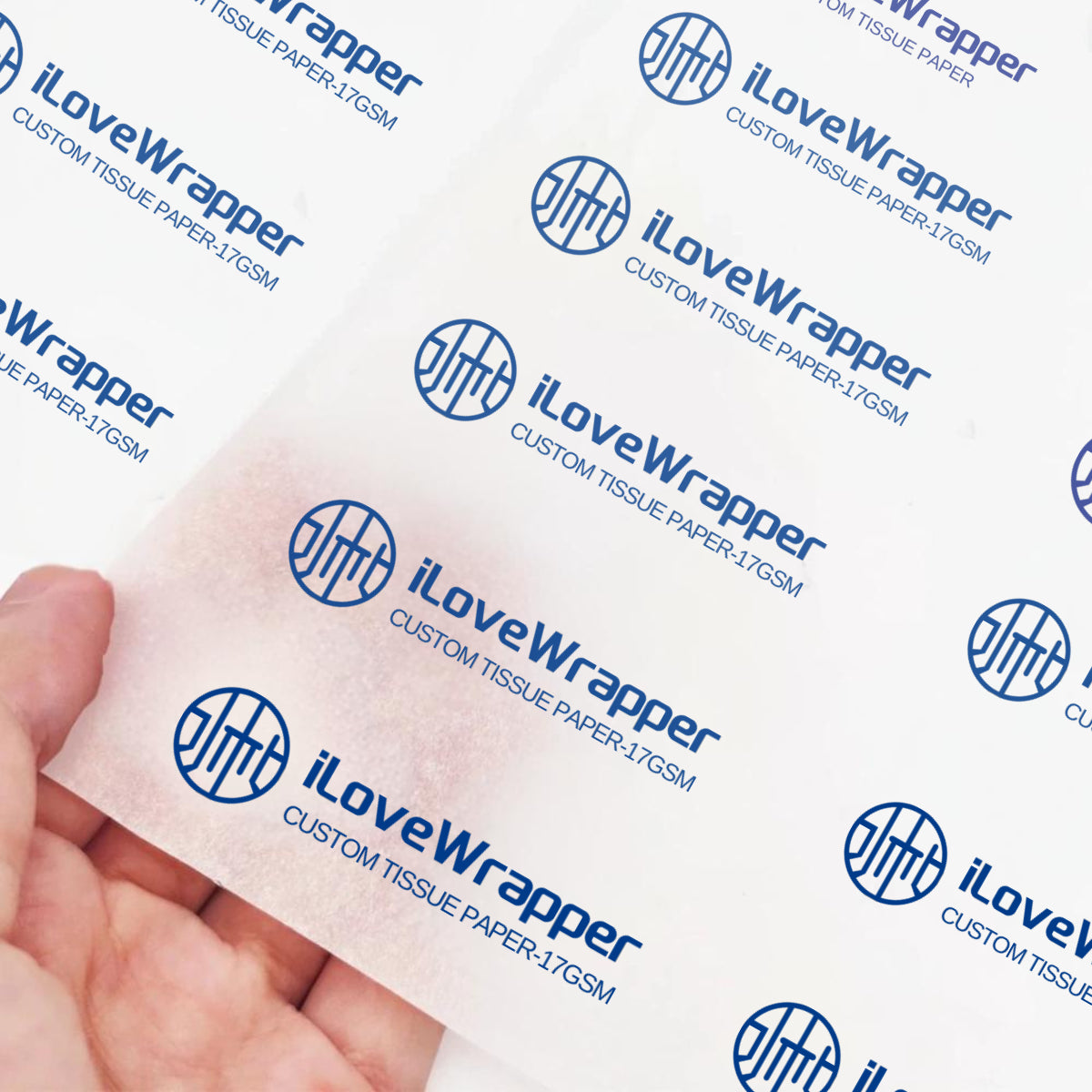In this comprehensive guide, we'll explore various methods to print photos on fabric, discuss the best types of fabric for these projects, and provide tips for achieving high-quality results.
The Basics of Fabric Photo Printing
Fabric photo printing involves transferring images onto fabric to create custom prints. This can be done using a variety of methods, each with its own set of tools and techniques. Understanding these methods will help you choose the best approach for your project.

Why Print Photos on Fabric?
Printing photos on fabric allows for personalization and creativity in projects ranging from home decor to clothing. It can be used for quilting, making custom gifts, or even as an artistic expression. The printed fabric can be sewn, framed, or simply displayed as is.
Personalization in Home Decor
Imagine walking into a room adorned with curtains or pillowcases featuring your favorite family photos. Printing on fabric allows for a high degree of personalization, letting you infuse your personality into the decor. Whether it's a cherished memory or an artistic design, fabric printing can turn ordinary items into extraordinary keepsakes.
Unique Gift Ideas
Custom fabric prints make for thoughtful and unique gifts. Consider creating a quilt featuring photos of a loved one's life milestones, or design a scarf with a pattern of cherished memories. The personal touch of a photo print on fabric can transform any gift into a meaningful treasure.
Artistic Expression
For artists, fabric photo printing opens up a new realm of possibilities. The texture and drape of fabric offer a different canvas compared to traditional paper or canvas. Artists can experiment with layering, blending, and other techniques to create one-of-a-kind art pieces that captivate and inspire.
Methods of Printing Photos on Fabric
There are several methods to print photos on fabric, each with its own advantages and challenges. Let's explore some of the most popular techniques.
1. Using an Inkjet Printer
One of the simplest methods to print photos on fabric is using an inkjet printer. This method is popular for its accessibility and ease of use.
Preparing Your Inkjet Printer
Before you begin, ensure your inkjet printer is in good working condition. Clean the print heads and perform a test print on standard paper to check the ink distribution and color accuracy. A well-maintained printer will produce the best results on fabric.
Selecting the Appropriate Ink
Not all inks are created equal. Some inks are more water-resistant and fade-resistant than others. Consider using pigment-based inks if your project requires durability, especially if the fabric print will be exposed to sunlight or washed frequently.
Troubleshooting Common Issues
Sometimes, the print might not turn out as expected. Common issues include color discrepancies or fabric jams. If colors appear off, check your printer settings and ensure you're using the correct color profile. For fabric jams, ensure the fabric is securely attached to the freezer paper and that it's cut to the correct size for your printer.
2. Photo Transfer Paper
Photo transfer paper is another effective way to print photos on fabric. This method is excellent for transferring vibrant images onto various fabric types.
Choosing the Right Transfer Paper
There are various types of transfer papers, each designed for specific fabric types or colors. Light-colored fabrics generally require a different transfer paper than dark fabrics. Read the packaging instructions to ensure compatibility with your chosen fabric.
Perfecting the Ironing Technique
The key to a successful transfer lies in the ironing technique. Apply steady pressure and maintain a consistent temperature to ensure even heat distribution. Avoid moving the iron back and forth, as this can cause the image to blur.
Troubleshooting Transfer Issues
After transferring, if you notice incomplete images or peeling, it might be due to insufficient heat or pressure. Re-evaluate your technique and try again on a test piece. Always follow the manufacturer's instructions for the best results.
3. Digital Printing
Digital printing is a professional method that provides high-quality results, suitable for detailed images and custom prints.
Understanding the Digital Printing Process
Digital printing involves using specialized printers that apply ink directly to the fabric. This method is similar to how regular paper printers work but is optimized for fabric. The process ensures vibrant colors and sharp details, making it ideal for intricate designs.
Selecting Inks for Durability
When using digital printing, the type of ink can influence the final product's durability. Reactive and acid dyes are commonly used for natural fibers, while disperse dyes are suitable for synthetic fibers. These inks bond well with the fabric, ensuring longevity.
Professional vs. DIY Digital Printing
While professional digital printing services offer high-quality results, they can be costly. For hobbyists or small projects, investing in a home digital fabric printer can be a cost-effective solution. However, weigh the initial investment against the frequency of use and project requirements.
4. Screen Printing
Screen printing is a traditional method that allows for creative designs and is excellent for bulk printing.
Crafting the Perfect Stencil
The quality of your stencil directly impacts the final print. Use a sharp blade and steady hand to cut out the design, ensuring clean edges. Experiment with different materials for stencils, such as plastic or paper, to achieve various effects.
Understanding Screen Preparation
Screen preparation is crucial for successful printing. Ensure the mesh is taut and free from debris. A well-prepared screen allows for even ink application, resulting in crisp, clear prints.
Exploring Advanced Screen Printing Techniques
Beyond the basics, screen printing offers numerous advanced techniques to explore. Experiment with multi-color designs by layering screens or try using specialty inks such as metallic or glow-in-the-dark to add unique effects to your prints.
Choosing the Right Fabric
The choice of fabric can significantly affect the quality of your photo prints. Here are some tips for selecting the best fabric:
Cotton: The Versatile Choice
Cotton is a popular choice due to its smooth texture and excellent ink absorption properties. This makes it ideal for projects like quilts and apparel. Cotton is also widely available and comes in various weights and finishes, allowing for versatility in projects.
Silk: A Luxurious Option
Silk offers a luxurious finish but may require special handling and inks. Its delicate nature means it absorbs ink differently, often resulting in rich, vibrant colors. However, silk prints may need careful washing and maintenance to preserve their beauty.
Polyester: Durable and Vibrant
Polyester works well with digital printing and is often used for banners and flags. Its synthetic fibers hold dye exceptionally well, ensuring vibrant and long-lasting prints. Polyester is also known for its durability and resistance to wrinkles, making it a practical choice for various applications.
Experimenting with Blended Fabrics
Blended fabrics, combining natural and synthetic fibers, offer a balance of qualities. They can provide the softness of cotton with the durability of polyester, making them an excellent choice for varied projects. However, test prints are recommended to gauge how the blend affects print quality.
Tips for High-Quality Fabric Photo Prints
Achieving high-quality results in fabric photo printing requires attention to detail and some experimentation. Here are some tips:
Choosing High-Resolution Images
High-resolution images produce the best results. Ensure the image is clear and well-lit, with a resolution that matches the intended print size. Low-resolution images can appear pixelated or blurry when enlarged, so start with the highest quality image possible.
Conducting Test Prints
Always do a test print on a small fabric piece to check colors and settings before printing on your final fabric. This allows you to make necessary adjustments without wasting materials. Pay attention to how colors appear on fabric compared to the screen, as discrepancies are common.
Mastering Color Management
Adjust color settings for accuracy, as fabrics often absorb ink differently than paper, causing colors to appear different. Use color calibration tools to ensure consistency between your screen and the final print. This is especially important for projects requiring precise color matching.
The Importance of Heat Setting
After printing, heat-set the ink with an iron to enhance durability and washability. This process helps the ink bond with the fabric fibers, ensuring the print remains vibrant through washes and regular use. Follow the ink manufacturer's instructions for heat-setting temperatures and times.

Use the simplest "Thermal transfer paper method" to print fabrics at home
- Gather Materials: You'll need thermal transfer paper, a printer (preferably inkjet), fabric (like cotton or polyester), and an iron.
- Design Your Image: Create or select the image you want to print. Ensure it is high-resolution for the best results.
- Print on Transfer Paper: Load the thermal transfer paper into your printer, making sure to print on the correct side. Use the highest quality print settings for better color and detail.
- Prepare the Fabric: Pre-wash and iron the fabric to remove any wrinkles. This ensures better adhesion of the transfer.
- Transfer the Image: Place the printed transfer paper onto the fabric, image side down. Use a hot iron (without steam) to press down firmly for the recommended time (usually around 30 seconds). Follow the transfer paper instructions for specific temperature and time settings.
- Cool and Peel: Allow the transfer to cool before carefully peeling off the backing paper.
- Heat Set: To enhance durability, heat-set the print by placing a cloth over the design and ironing it again for a few seconds.
By following these steps, you can successfully use the thermal transfer paper method to create custom fabric prints at home.
Creative Techniques and Projects
Fabric photo printing offers endless possibilities for creativity. Here are some project ideas:
Creating Memory Quilts
Create memory quilts using printed photos of family and friends. Each quilt square can feature a different image or pattern, allowing you to tell a story or commemorate special moments. These quilts become cherished heirlooms, passed down through generations.
Designing Custom Home Decor
Design custom pillowcases, curtains, or wall hangings. Use fabric printing to complement your home's aesthetic or introduce new themes. Consider seasonal designs or festive prints that can be switched out throughout the year for a fresh look.
Personalizing Apparel
Personalize clothing with unique photo prints. From t-shirts to scarves, printed fabrics can make fashion statements or serve as conversation starters. Experiment with layering prints or combining images with text for added impact.
Exploring Artistic Projects
For artists, fabric offers a unique medium for expression. Create wall art, fabric sculptures, or mixed media pieces that incorporate printed fabrics. The tactile nature of fabric adds a dimension to art that traditional mediums cannot replicate.

Conclusion
Fabric photo printing is a versatile and creative way to bring your images to life. With various methods available, from simple inkjet printing to professional digital techniques, you can find the perfect approach for your project. By understanding the basics and experimenting with different methods, you can achieve stunning results and create custom fabric prints that are truly one-of-a-kind.
Whether you're a hobbyist or a professional, fabric photo printing offers a unique medium to express your creativity and preserve your memories. Now that you're equipped with the knowledge and tips from this guide, it's time to start your fabric photo printing journey.
There are many printing methods. We are a custom tissue paper company. We use advanced Intaglio printing technology to ensure the printing effect, so that customers can get high-definition and high-quality customized packaging.






Share:
Understanding the Basics of Print Panels
What is screen printing? The Ultimate Guide